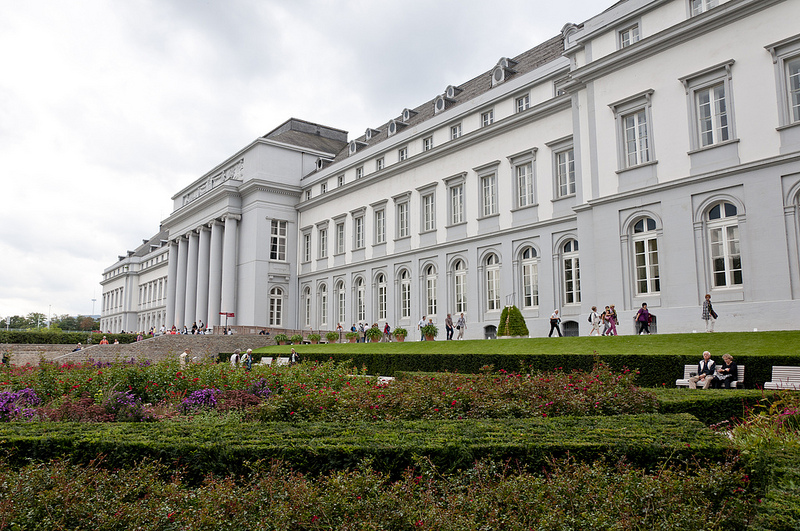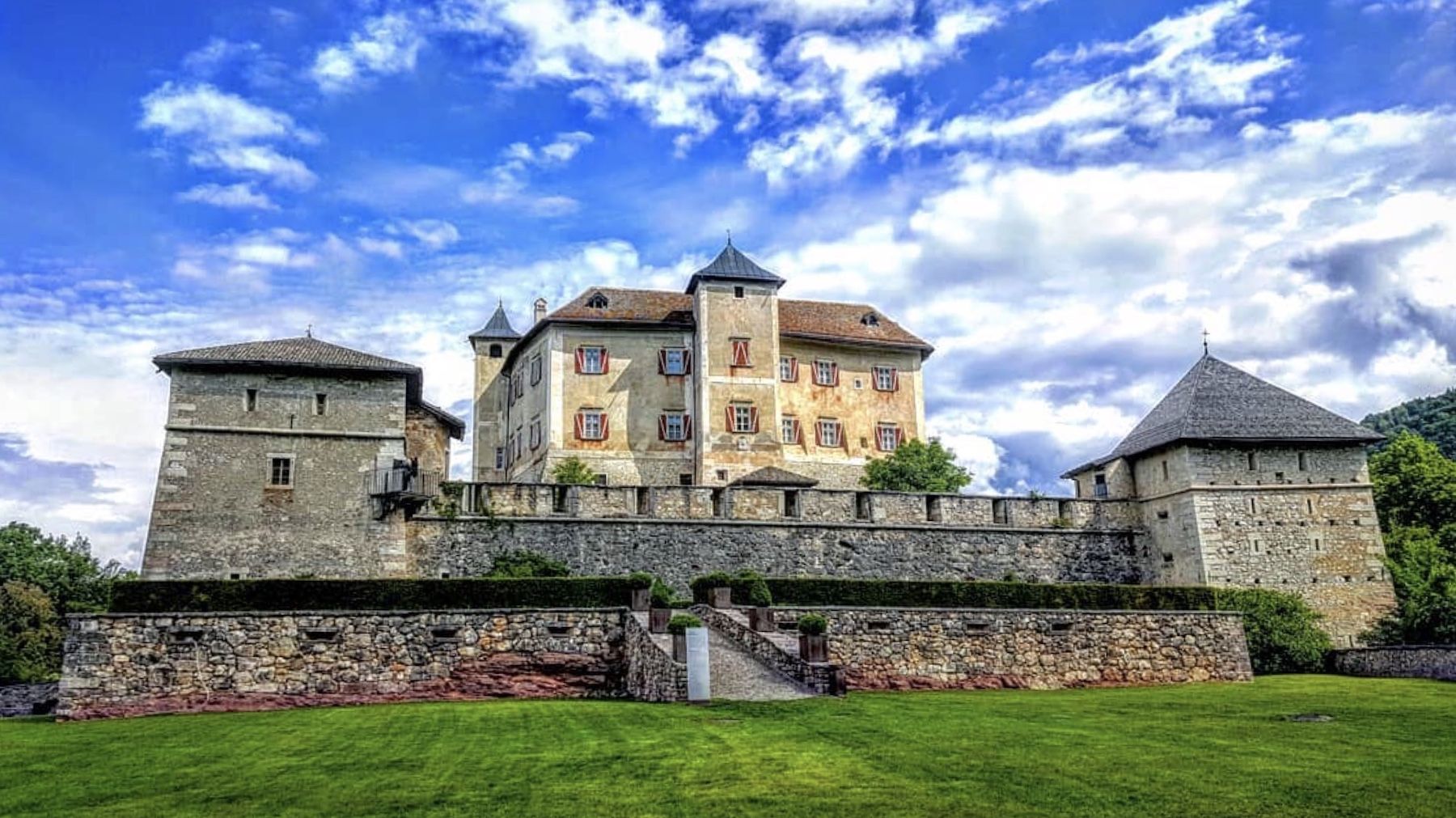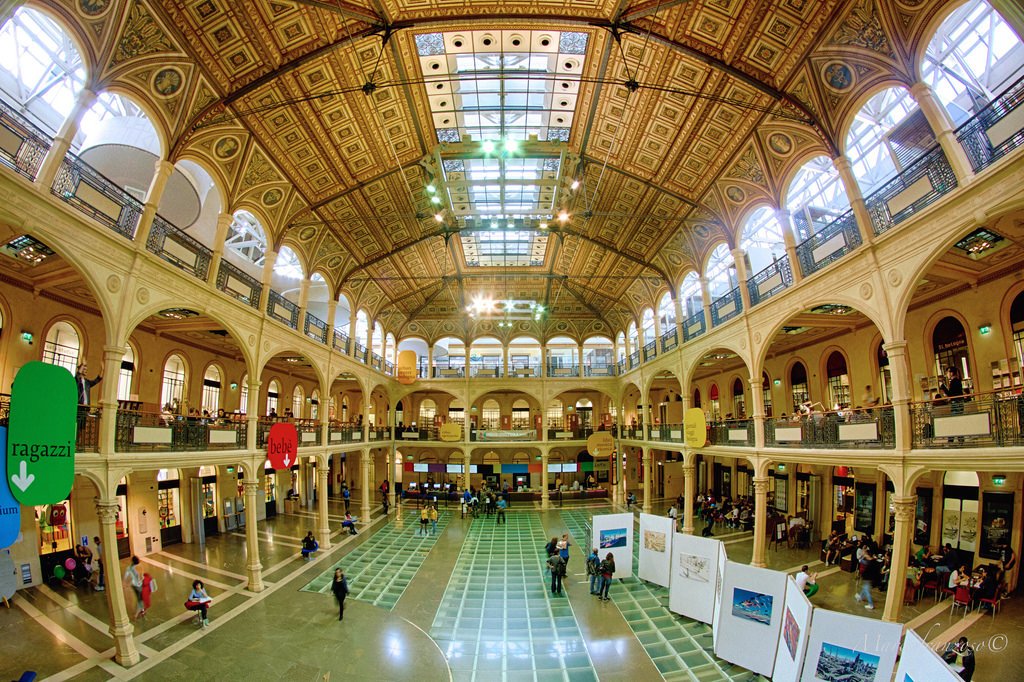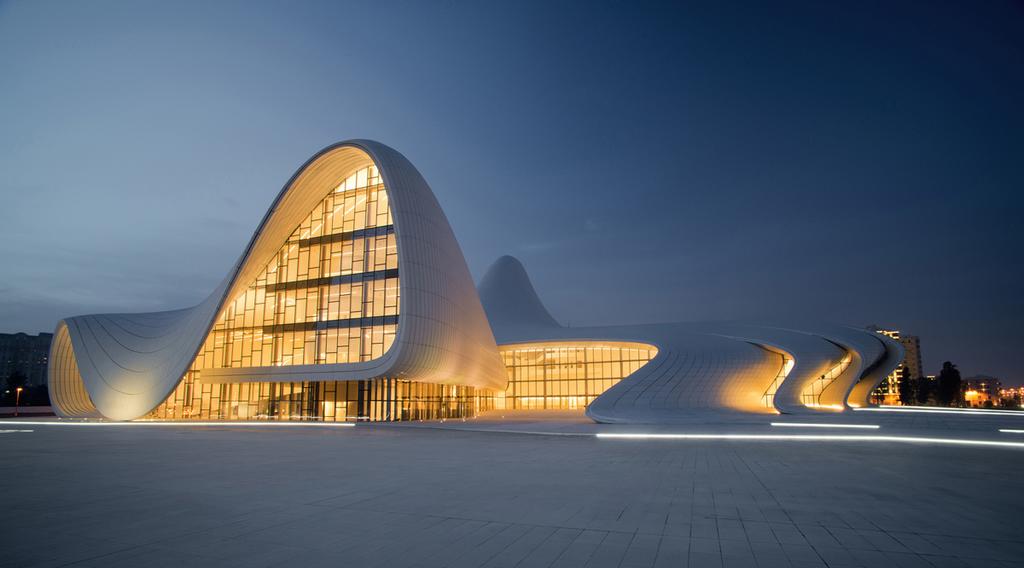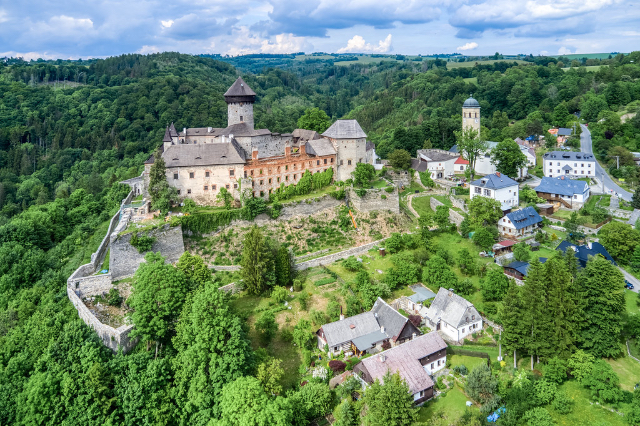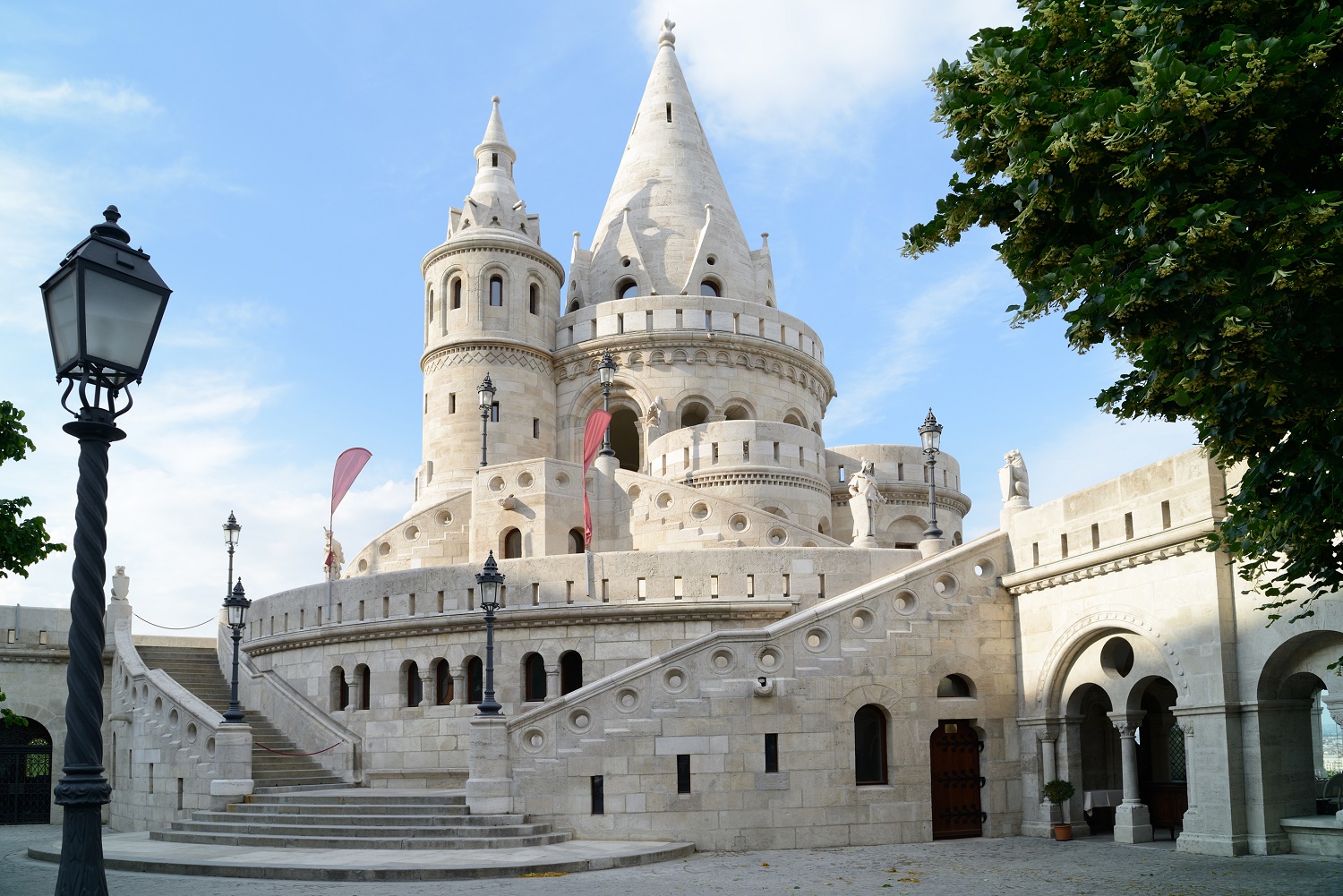The Electoral Palace is one of the most important examples of the early French neoclassical great house in Southwestern Germany. It was the residence of the last Archbishop and Elector of Trier, Clemens Wenceslaus of Saxony, who commissioned the building in the late 18th century. In the mid-19th century, the Prussian Crown Prince (later Emperor Wilhelm I) had his official residence there during his years as military governor of the Rhine Province and the Province of Westphalia. It now houses various offices of the federal government.The palace consists of a rectangular main building (Corps de logis) which extends in a north-south direction parallel to the nearby bank of the Rhine and two semi-circular wings which extend from it on the west side facing the city, enclosing the great forecourt of the palace (Schlossvorplatz).
